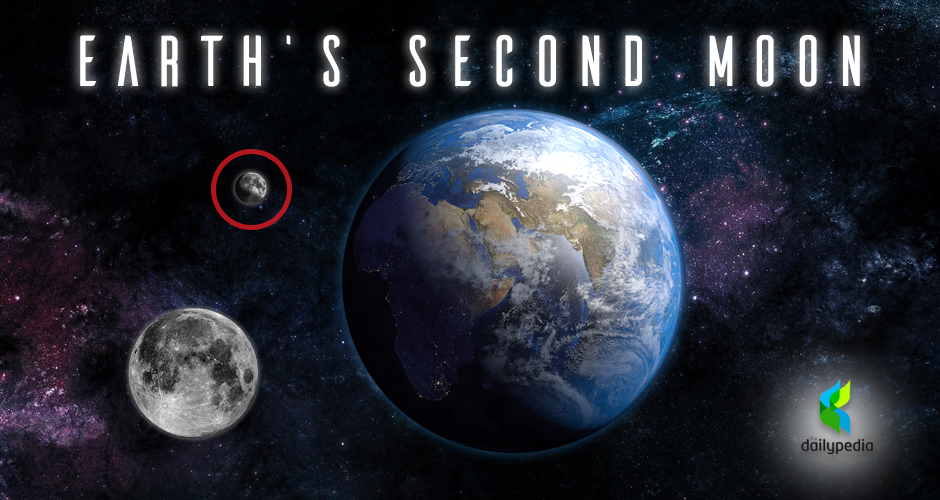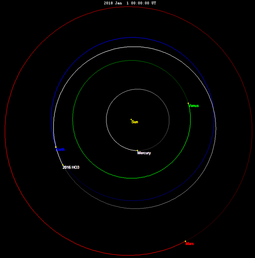Asteroid 2016 HO3 was first spotted on April 27 2016 by the Pan-STARRS 1, a telescope on Haleakala, Hawaii. The Pan-STARRS 1 (Panoramic Survey Telescope & Rapid Response System) observe the entire sky to discover and characterize Earth’ near objects, both asteroids &.

Ground-based Characterization of Earth Quasi Satellite (469219) 2016 HO3
Abstract


Soulo Ho3 the prophet, yeah, Soulo hold the profit. 2016, minutes before the release of Blank Face LP. Earlier on July 7, ScHoolboy Q was seen on his Snapchat hinting at the remix dropping. Potential visits of Venus or 469219 Kamoʻoalewa (2016 HO3), the stated target for China’s 2024 Zhenghe near-Earth asteroid sampling mission, are considered unlikely based on estimates of. Doi:10.7326/M18-1427 PubMed Google Scholar Crossref 47. Kangovi S, Mitra N, Grande D, et al. Patient-centered community health worker intervention to improve posthospital outcomes: a randomized clinical trial. 2016 HO3's orbit is a strange one. As it orbits the Sun, it also appears to orbit the Earth. While this orbit is stable for centuries, it won't remain stable indefinitely, dubbing HO3 a.
Cheatbuddyelite exploiters. (469219) 2016 HO3 is a small, <100 meter-size, near-Earth object (NEO) that while orbiting the Sun, also appears to circle around the Earth just beyond the Hill sphere as a Earth quasi-satellite. Only five quasi-satellites have been discovered so far, but 2016 HO3 is the most stable of them. The provenance of this object is unknown. On timescales of many centuries, 2016 HO3 remains within 38-100 lunar distance from us making it a prime target for future robotic and human exploration, provided it can be established it is indeed a natural object. In an effort to constrain its rotation period and surface composition, we observed 2016 HO3 on April 14 and 18 2017 (UTC) with the Large Binocular Telescope (LBT) and the Discovery Channel Telescope (DCT). We derive a rotation period of about 28 minutes based on our lightcurve observations. We obtained low-resolution (R ∼ 150 - 500) spectra of 2016 HO3 on 2017 April 14 (UTC) using the pair of MODS spectrographs mounted at the direct Gregorian foci of the LBT, obtaining the entire spectrum from 0.39-0.97 microns simultaneously. The visible wavelength spectrum shows a sharp rise in reflectance between 0.4-0.65 microns with a broad plateau beyond. The scatter near 0.8 microns makes it challenging to confirm the presence of a silicate absorption band at ~1 micron. Color ratios derived from the spectrum all suggest an S taxonomic type. We also derive an updated diameter of 36 meters for 2016 HO3 using an absolute magnitude of 24.3 and S-type albedo of 0.25. The derived rotation period and the spectrum are not uncommon amongst small NEOs, suggesting that 2016 HO3 is a natural object of similar provenance to other small NEOs. NASA Near-Earth Object Observations Program Grant NNX17AJ19G (PI: Reddy) funded parts of this work.


2016 Ho3 Orbital Period
2016 Ho3 Moon
